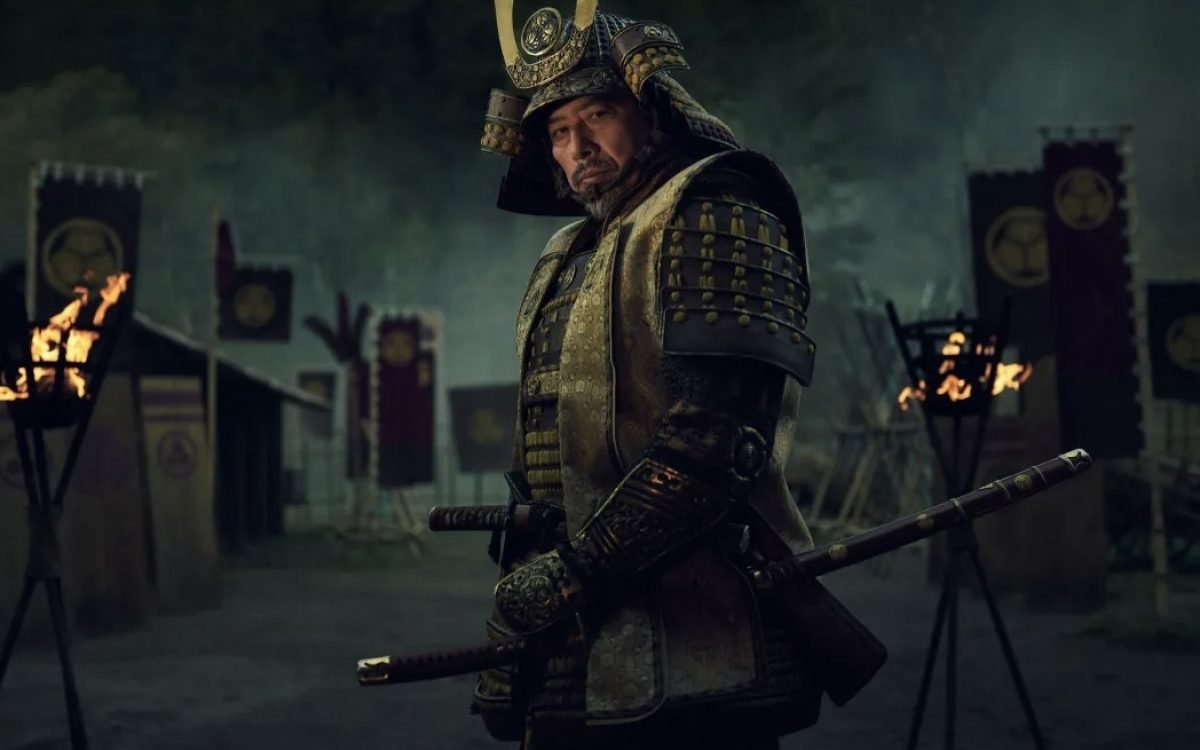James Clavell’s monumental work, Shōgun, stands as a testament to the power of storytelling, weaving together a tapestry of history, intrigue, and cultural encounter against the backdrop of feudal Japan. Since its publication in 1975, Shōgun has captured the imagination of readers worldwide, sparking debate, admiration, and controversy in equal measure.
At its core, Shōgun offers a fictionalized account of real events, centering on the arrival of English pilot William Adams to Japan in 1600. Renamed John Blackthorne, the protagonist finds himself thrust into the midst of Japan’s turbulent domestic politics, culminating in the climactic battle of Sekigahara. Clavell’s masterful storytelling breathes life into this pivotal moment in history, captivating readers with its depth and authenticity.
Despite criticisms of historical inaccuracies and national stereotypes, Shōgun’s impact transcends scholarly discourse, reaching millions of readers worldwide. Henry Smith hailed the novel as a pivotal source of information about Japan, challenging conventional narratives and opening new vistas of understanding for readers around the globe.
The journey of Shōgun extends beyond the written page, manifesting in a five-episode miniseries that captivated audiences worldwide. Yet, for some fans of the novel, the adaptation fell short, presenting Japan as an alien, incomprehensible landscape devoid of translation and subtlety—a departure from Clavell’s nuanced portrayal.
As FX prepares to unveil its adaptation of Shōgun, anticipation mounts, prompting reflection on the essence of Clavell’s masterpiece. Rooted in the author’s own experiences as a prisoner of war in Changi, Shōgun emerges as a testament to resilience, empathy, and cultural exchange.
Clavell’s passionate affinity for Japan permeates every page of Shōgun, offering readers a multifaceted exploration of identity, honor, and ambition. Through the intertwined narratives of John Blackthorne and Yoshii Toranaga, Clavell navigates the complexities of power and loyalty, unraveling the enigmatic tapestry of Japan’s feudal era.
The dichotomy of The Pilot and The Shōgun underscores the novel’s richness and depth, inviting readers to ponder the transformative forces at play in a world teetering on the brink of change. From the heroism of Blackthorne to the Machiavellian machinations of Toranaga, Shōgun paints a vivid portrait of a society in flux, grappling with its past while forging a new destiny.
As FX’s adaptation beckons, the timeless allure of Shōgun endures, beckoning readers to embark on a journey of discovery and enlightenment. Through Clavell’s lens, Japan emerges not as a distant land shrouded in mystery, but as a vibrant tapestry of tradition, resilience, and human endeavor.
In the tapestry of literature, Shōgun stands as a timeless masterpiece—a testament to the enduring power of storytelling to transcend boundaries, ignite imagination, and illuminate the human experience. As audiences prepare to embark on a new chapter of this timeless saga, the legacy of Shōgun continues to resonate, inviting us to explore the boundless depths of the human spirit and the transformative power of cultural encounter.









